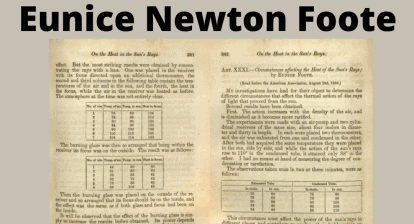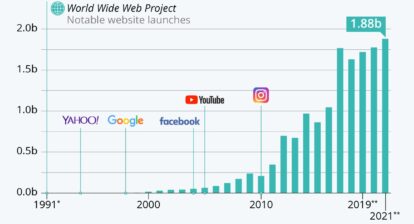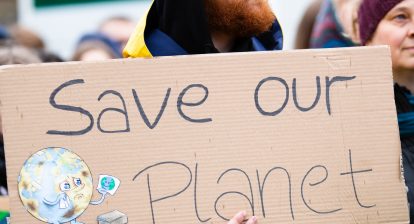The United Nations Environment Programme (UNEP) recently released its Emissions Gap Report 2023, painting a sobering picture of our global climate trajectory. Titled “Broken Record – Temperatures hit new highs, yet world fails to cut emissions (again),” the report underscores the urgent need for enhanced climate action to avoid catastrophic warming
Key Findings
The report reveals that current climate pledges under the Paris Agreement put the world on track for a temperature rise of 2.5-2.9°C above pre-industrial levels this century. In fact it may even go above:
The new report says: “A continuation of current policies is estimated to limit global warming to a maximum of 3.1C (range 1.9-3.8C) over the course of the century.”
This figure coincides with that of the most recent IPCC report from 2021 which indicated a rise of up to 3.6C of warming this century under a higher level of emissions.
The UN says that this would be “catastrophic” for the planet and will lead to extensive rises in extreme weather events including heatwaves and floods.
This upward trend starkly contrasts with the dramatic emissions reductions needed to limit warming to 1.5°C or even 2°C.
The Emissions Gap: The “emissions gap” – the difference between projected emissions and the levels needed to meet climate goals – remains alarmingly wide. To limit warming to 2°C, emissions in 2030 need to be 28% lower than current projections. For the more ambitious 1.5°C target, a 42% reduction is required
Implications and Challenges
Urgency for ActionThe report emphasizes that maintaining the possibility of achieving the Paris Agreement goals hinges on significantly strengthening mitigation efforts this decade. Without immediate and substantial emissions cuts, it will become impossible to establish least-cost pathways to limit global warming to 1.5°C with no or low overshoot
Path Forward
Strengthening NDCs: Countries must strengthen their Nationally Determined Contributions (NDCs) and accelerate implementation. The report suggests that if all new and updated unconditional NDCs were fully implemented, they could reduce annual greenhouse gas emissions by about 5.0 GtCO2e by 2030, approximately 9% of 2022 emissions
Conclusion
The Emissions Gap Report 2023 serves as a stark reminder that current efforts fall far short of what’s needed to avert a climate catastrophe. As UNEP Executive Director Inger Andersen stated, “We must instead lift the needle out of the same old groove of insufficient ambition and not enough action, and start setting other records: on cutting emissions, on green and just transitions and on climate finance”







